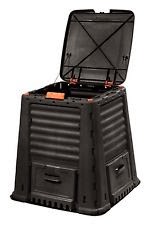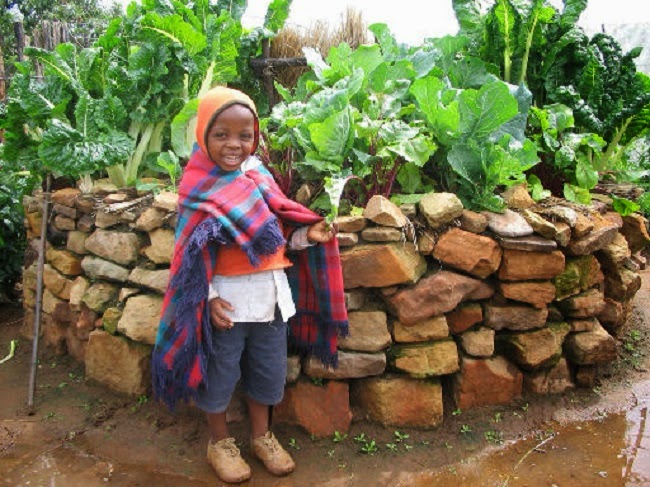In my last post, I talked about some of the things I've learned about using ollas for irrigation in my vegi garden. Now I thought I'd talk about some of the things I've learned about using soaker driplines--specifically, what I've learned about installing it. (FYI, for those who are interested, I've talked before about using soaker hoses, also called weeper hoses, for irrigation. I have also talked before about drip irrigation, but the focus was maintenance.)
Drip irrigation can be a super awesome way to water your garden. It's efficient, because it waters your plants slowly--giving the water time to soak into the soil, causing less evaporating into the air. And it's convenient, because you can put it on a timer, setting it and forgetting it for extended periods of time. And hypothetically, it delivers an even amount of pressure to all the plants on the line, regardless of whether they are on the beginning of the main drip line or the end. Hypothetically.
About that...
This is a picture of some drip irrigation I installed recently:
Each of the four lines you see in the picture is soaker dripline coming off a main drip line. (Basically, soaker dripline is a drip irrigation line with little holes punched in it at regular intervals. You can plant little seeds or plants all along the line to get even water along a whole row.) Off to the right (not pictured) there are two more rows of soaker dripline, making for a grand total of six being watered off the same main line.
Here's the thing: without a little tweaking, the first soaker dripline (the one on the left, which gets water from the main line first) emits water at a much faster rate than the last. It's not supposed to work that way, but in my experience, it pretty much always does. In fact, the more soaker dripline I add to the main line, the more extreme the problem gets. (Last summer, I got to the point where the last soaker dripline was, for all intensive purposes, not getting any water at all.)
Happily, I went to a drip irrigation store and they thought up an ingenious solution: Stem the flow of water to the lines at the front using 4 gallon emitters, which will ensure that there's some water left for the lines at the back. Genius!
Of course, I forgot I needed to do this when I was installing my soaker driplines recently, but luckily, it's pretty easy to retrofit lines that you have already installed. Here's how:
Retrofitting Your Line
Here's where I'm assuming you're starting: A soaker hose drip line coming off a main drip line. (Beautiful, isn't it?)
Not for long! Step one: Cut the soaker hose drip line a few inches from the main line.
This next step is optional, but I find it useful. Take a cigarette lighter, and heat up the cut end of the line for a few seconds to loosen up the plastic a bit. (If you do this, don't do it for long. You don't want it too loose. I just do a quick count to five.) Try not to burn your fingers during this step!
While the plastic is still warm, jam the 4-gallon emitter into soaker driplines. Get it on there nice and snug. (Sorry, I failed to get a picture of this step.)
Now, go to your irrigation controller and run a quick test to make sure that water comes out of the newly installed emitter. If no water comes out, you may have installed the emitter backwards. I'll be darned if I can tell which way is which on those suckers without just testing them!
If no water came out when you ran the irrigation controller, cut off the line just below where you added the emitter. Repeat the last few steps, but this time insert the emitter the other way around. Try not to swear.
Once you successfully get water to come out of the emitter, use the lighter trick to heat up the plastic on the soaker hose drip line that you previously cut off, and jam it onto the newly installed emitter.
Keep installing 4-gallon emitters on your soaker driplines, starting with the line getting the most water pressure and working your way back, until you've achieved a reasonably even flow of water between all the lines.












